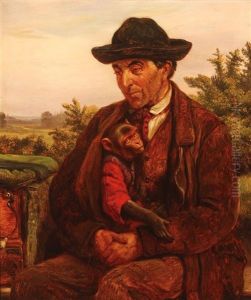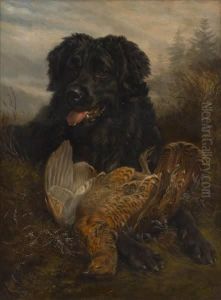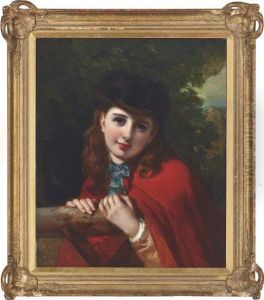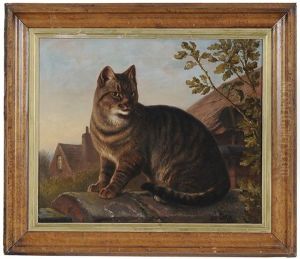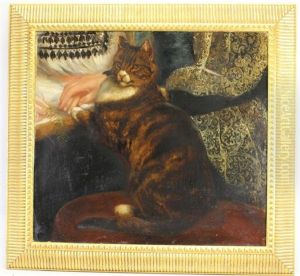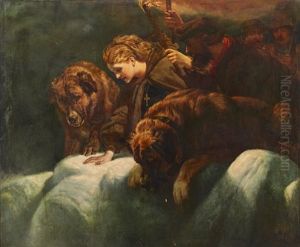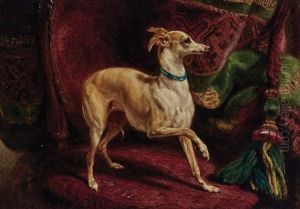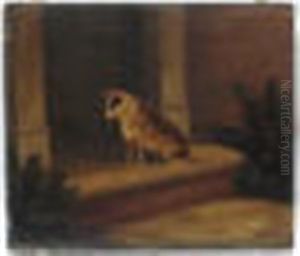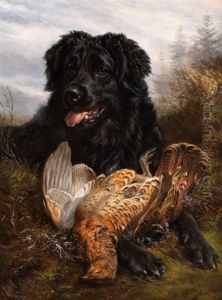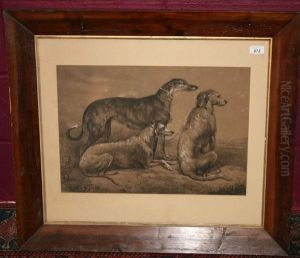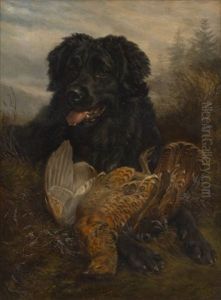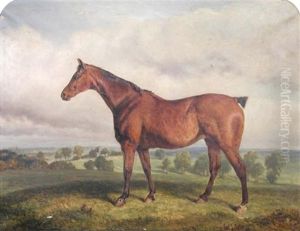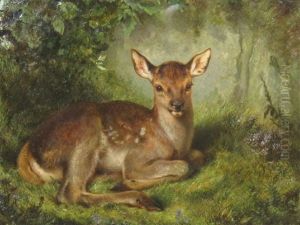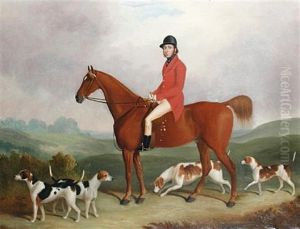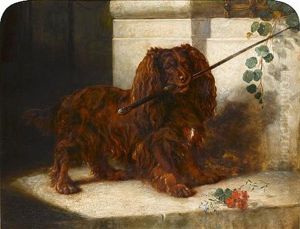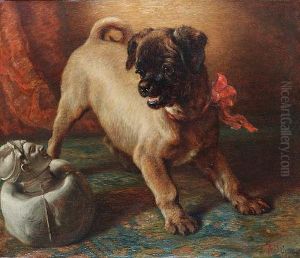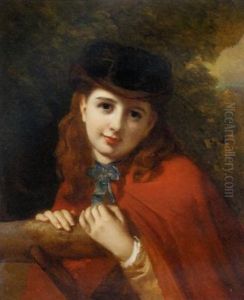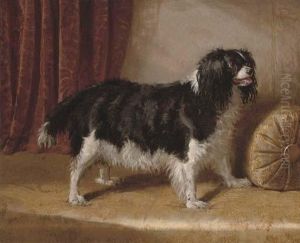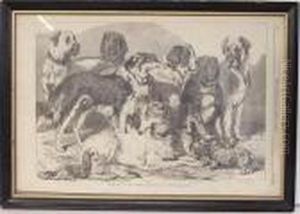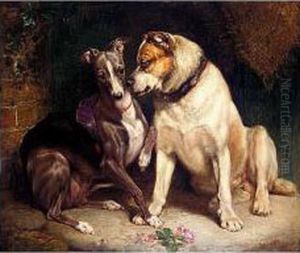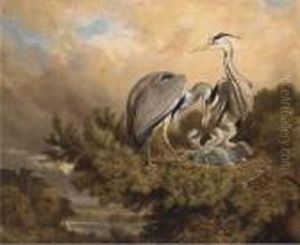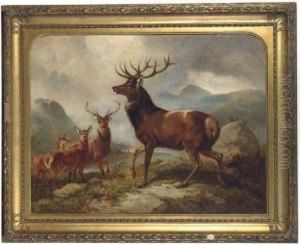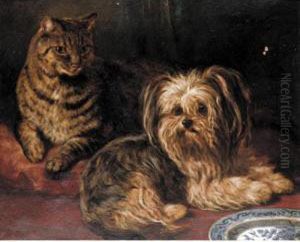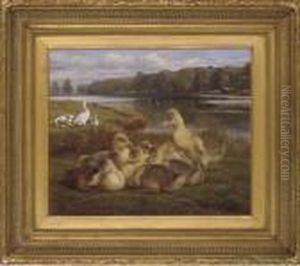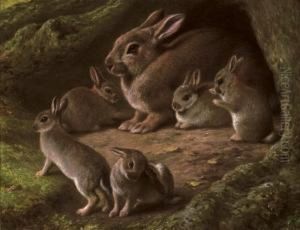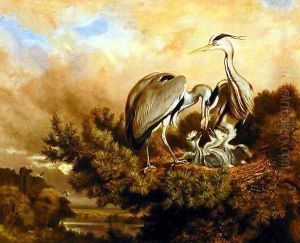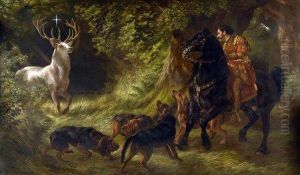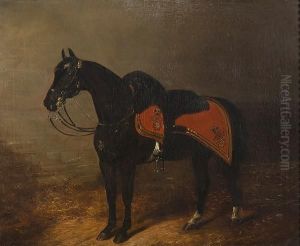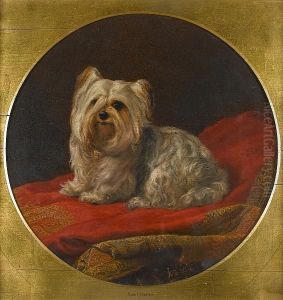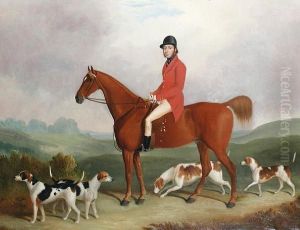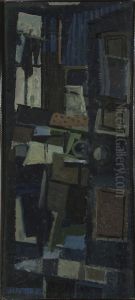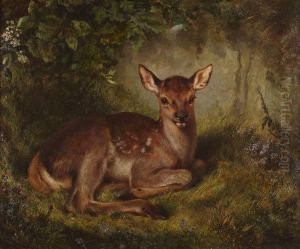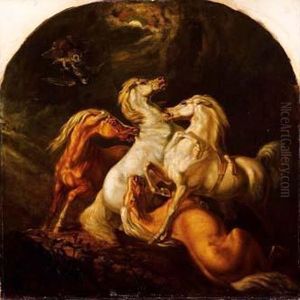Samuel John Carter Paintings
Samuel John Carter was an English animal and bird artist, born in 1835 in the county of Hertfordshire, England. He developed a strong inclination towards painting animals and birds at a young age, which would become the central focus of his artistic career. Carter was mostly self-taught, which was not uncommon for artists of his time, and he showed a remarkable ability to capture the essence and character of his subjects.
Carter's work was characterized by its attention to detail and his ability to imbue his paintings with a sense of life and vitality. He often depicted domestic animals, such as dogs and horses, and his works were praised for their realism and accuracy. This was a period in British art where there was a considerable interest in naturalism and the accurate portrayal of flora and fauna, and Carter's work fit well within this trend.
Despite the popularity of his subject matter, Carter did not achieve significant fame during his lifetime, and his works were often overshadowed by those of more prominent artists in the same field, such as Edwin Landseer, who was renowned for his depictions of animals. Nevertheless, Carter's paintings were exhibited at various institutions, including the Royal Academy, where he displayed his works on several occasions.
Carter's paintings found an audience among the British gentry and were often commissioned by them to portray their pets and prized animals. His work reflects the Victorian era's fascination with the animal kingdom, and his paintings often conveyed the close relationship between the animals and their owners.
Samuel John Carter died in 1892, leaving behind a modest but respected body of work. He is remembered for his contributions to Victorian animal art and his unique ability to capture the character and beauty of the animals he painted. Today, his works are held in private collections and are occasionally displayed in art exhibitions focusing on the genre of animal painting.
